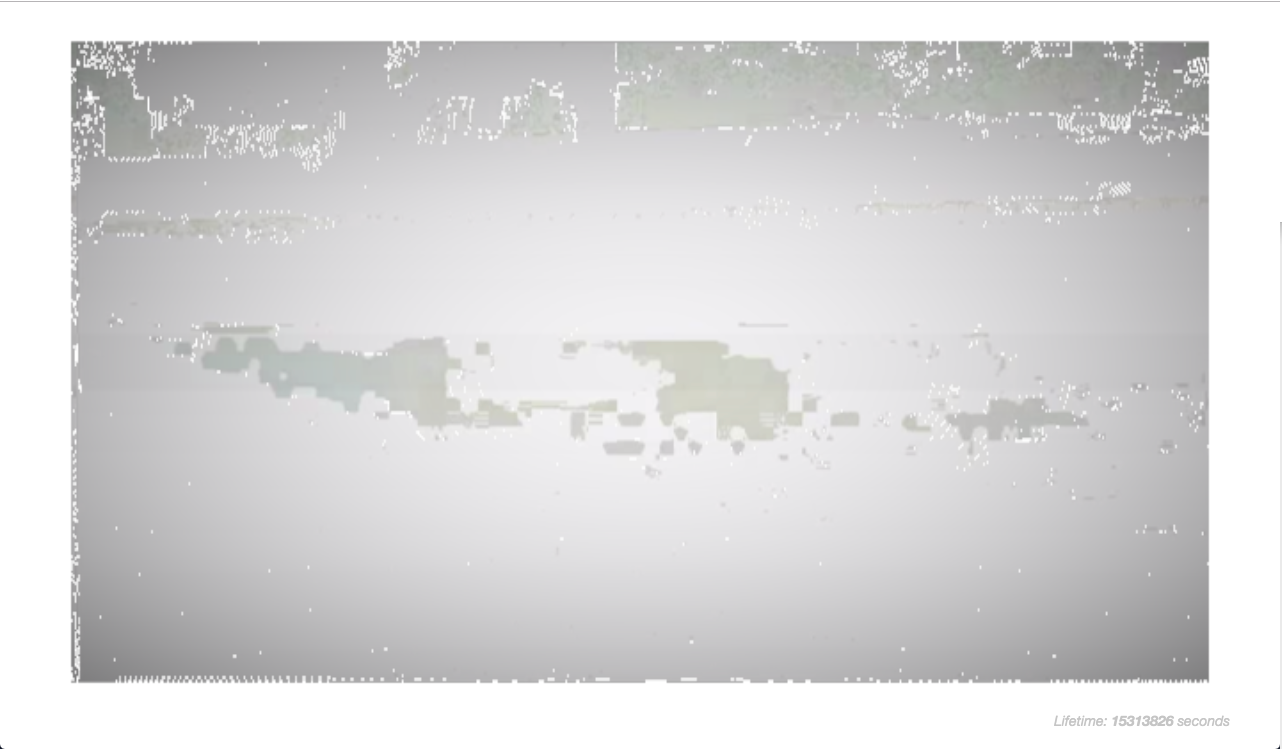3 Years and 6 Months of Digital Decay
Shinji Toya
2016-2019
On the website above, a video artwork by Shinji Toya – Is There Beauty in Forgetting? (2015) had been screened repeatedly since 7th April 2016: the launch date of the website. The video speculates about aesthetic meanings of forgetting in the digital age. As months and years passed, the image of the video on the website had become more and more fragmented as the artist programmed the process. The software had become slightly outdated and incompatible for the functional video playback so that the video started to fail in certain browsers. These processes of “decay” continued until the video ultimately expired on 6th October 2019.
The duration between the last screening date and the launch date corresponds with the average lifetime of burned CD-R media, which is three and a half years according to a storage expert at IBM Deutschland. A CD-R, which connotes its technological obsolescence nowadays, has a limited lifetime due to its material decay, and this aspect was adapted to the website art so that the lifespan of the video was also limited as if it suffers from material decay.
The project addresses the pervasiveness of the technological obsolescence brought about by the ways Silicon Valley operates. According to Joanna Zylinska, the model of the technological evolution which the Silicon Valley ideology subscribes to – is based on “linear progression in an upward trajectory”[1][2]. This progressivist idea in practice proliferates the data artefacts of our lives potentially in a state of total recall for surveilling us and for profiting. Constant technological updates and “improvement” sustain the constant obsolescence of technologies. What could we gain by diverging from the ideological model? Should we slow down and reflect on the materiality of the media obsolescence and speculate on what loss of data could teach us? Are there any moral values in such deceleration, perhaps concerning our ecology?



